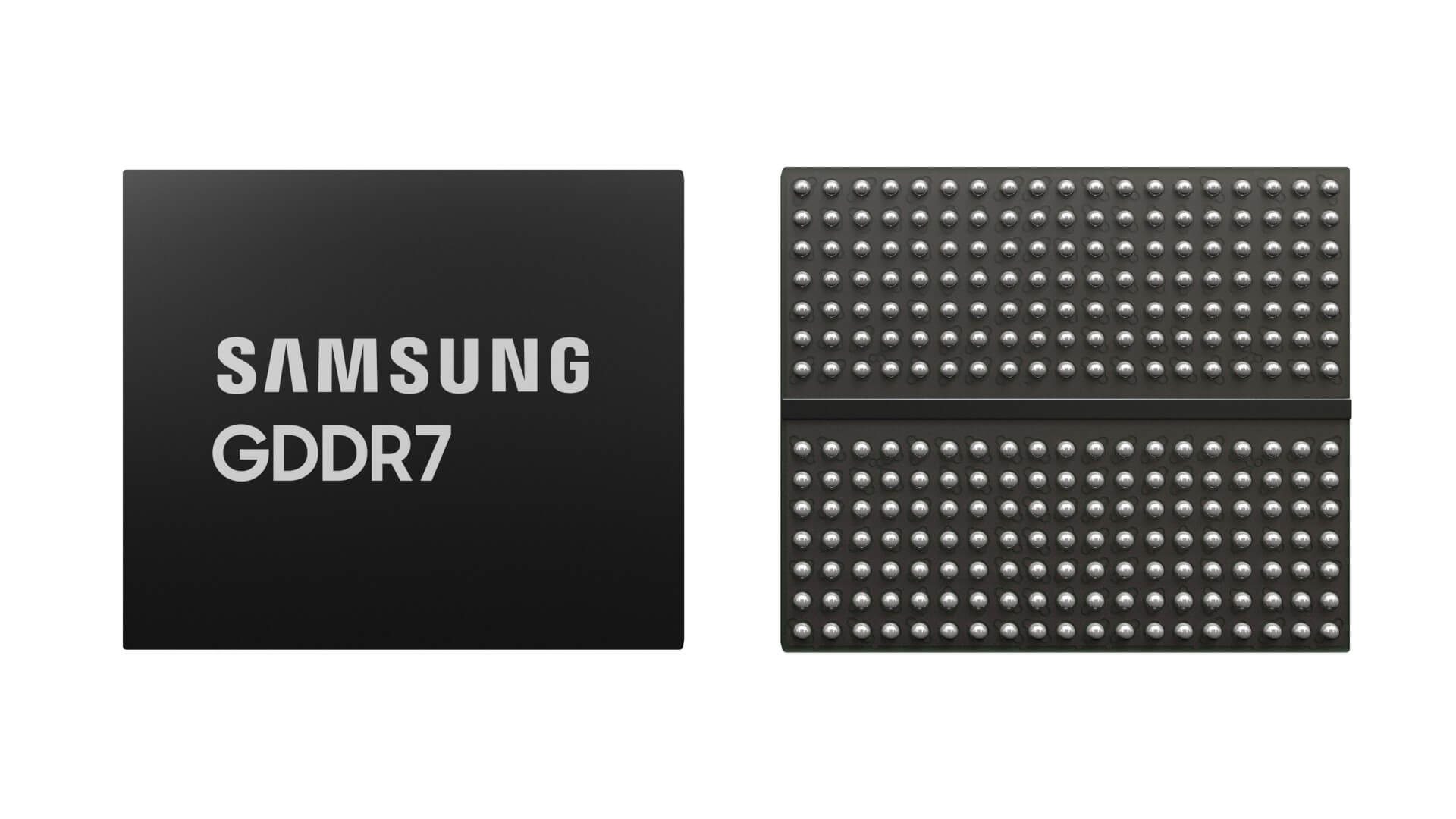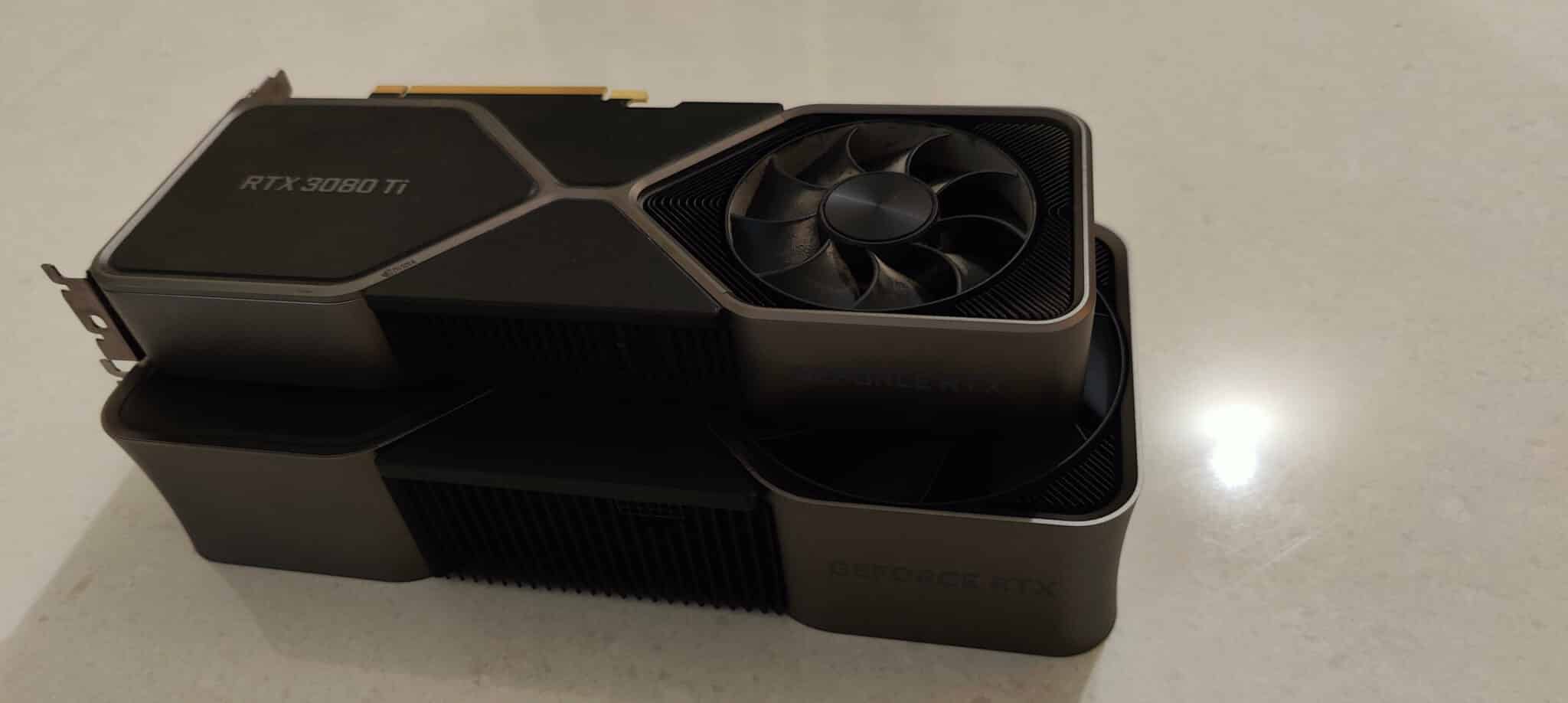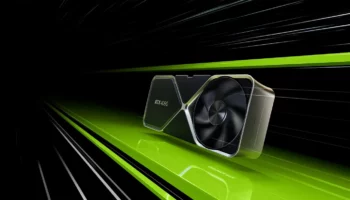NVIDIA enjoys near-absolute supremacy in the PC gaming market. AMD hasn’t made any progress since the underwhelming release of the RDNA 3 lineup. If recent rumors are to be believed, Team Radeon has abandoned the enthusiast market entirely, leaving the future GeForce RTX 5090 and 5080 rivalless. Speaking of the RTX 5090, NVIDIA has allegedly started testing Samsung’s GDDR7 graphics memory for its next-gen (gaming) offerings.

Looking at the specs sheet, GDDR7 memory is up to 40% faster than existing GDDR6X modules while reducing power consumption by 20%. This is achieved using PAM3 modulation, down from PAM4 on GDDR6X. Compared to the jump from GDDR5 to GDDR6, this will be a milder upgrade, boosting the available states from 2 to 3 (50% higher than GDDR6).
| GDDR7 | GDDR6X | |
| B/W Per Pin | 32 Gbps | 24 Gbps |
| Chip Density | 16 Gb/2GB | 16 Gb/2GB |
| Peak Bandwidth (384-bit bus) | 1.5 TB/s | 1.1 TB/s |
| DRAM Voltage | 1.2 V | 1.35 V |
| Data Rate | QDR | QDR |
| Signaling | PAM3 | PAM4 |
Like GDDR6 and GDDR6X, GDDR7 also features quad-rate memory bursts, although compared to the latter, the signaling is a downgrade. It makes up for this by offering a peak bandwidth of 1.5 TB/s over a 384-bit bus versus 1.1 TB on GDDR6 and GDDR6X.
Our GDDR7 DRAM will help elevate user experiences in areas that require outstanding graphics performance, such as workstations, PCs and game consoles, and is expected to expand into future applications such as AI, high-performance computing (HPC) and automotive vehicles. The next-generation graphics DRAM will be brought to market in line with industry demand and we plan on continuing our leadership in the space.
Yongcheol Bae, Executive Vice President, Memory Product Planning, Samsung Electronics
Unfortunately, the absolute power consumption of GDDR7 will be higher than GDDR6, with a 6-7% increase for 32Gbps modules (versus GDDR6 24Gbps). The chip density is also unchanged at 16 or 2GB, at least at the release time. Regardless, GDDR7 should be a hit among GPU makers due to its high memory throughput.
NVIDIA’s RTX 50 series GPUs are slated to land in the second half of 2024 or early 2025. Leveraging TSMC’s 3nm process node, they’ll offer the next major leap in rendering performance. The chips remain monolithic, with higher density and a larger surface area. The RTX 5090 should feature 24-32GB of GDDR7 memory paired with a 384-bit bus.
Theoretically, this would deliver a bandwidth of 1.5 TB/s and an effective bandwidth of over 2 TB/s courtesy of the L2 cache buffer. That said, don’t hold your breath. We’re still quite a ways from the Blackwell launch, and things could change by then.
Source: Revegnus.





